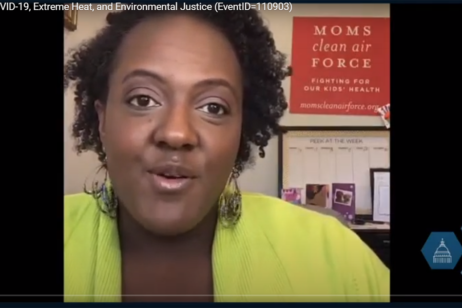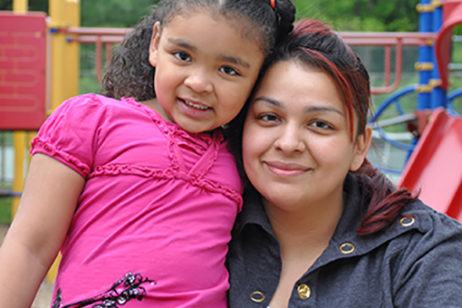WHAT WE’RE WORKING ON
Extreme weather events are unusual or damaging ones, including storms, fires, rainfall, and drought. Although extreme weather has been part of the meteorological system for millions of years, human-caused climate change is triggering increasingly extreme and frequent events in ways never before seen in human history.
Greenhouse gases from the combustion of fossil fuels are making much of our planet hotter and wetter, and we are now experiencing more severe heat waves, fiercer wildfires, wilder hurricanes, heavier floods, and drier droughts. This is why Moms Clean Air Force works tirelessly on cutting climate pollution, demanding our agencies and elected officials continue to invest in clean energy, clean cars, and clean air and act on climate today.
RELATED RESOURCES
WHY WE CARE
Extreme weather is climate change in action. Warmer air can hold more moisture than colder air, resulting in stronger storms that can release record rain and snowfall. Drought can be intensified, as higher temperatures boost evaporation and precipitation patterns change. Higher temperatures are also making wildfire season longer and more intense as well as causing seawater to expand and glacial ice to melt. This leads to rising sea levels, which can trigger storm surges, erosion, and flooding.
Today, scary terms like “bomb cyclone,” “atmospheric river,” and “firenado,” formerly the jargon of meteorologists and weather geeks, have become mainstream as they happen more often.
HEALTH IMPACTS
Extreme weather can profoundly damage communities and impact human health in a wide variety of ways. Extreme heat has been linked to increased hospital admissions for respiratory and heart problems. Heat waves exacerbate air pollution, which in turn can result in asthma attacks, increased vulnerability to infections, and even lung cancer, heart attacks, and stroke, further straining health care systems. Wildfire smoke contains soot pollution, also known as PM2.5 or particle pollution, which is a leading cause of premature death worldwide. Air pollution is especially dangerous for babies, children, and the elderly.
Extreme weather is climate change in action.
ENVIRONMENTAL JUSTICE
Communities of color and low-income communities are often affected first and worst by climate disasters and bear a disproportionate burden of extreme weather. When it comes to extreme heat, places across the United States with large Black populations experience higher temperatures on average. They are more likely to live in areas with high levels of air pollution, limited access to green spaces, and inadequate infrastructure for cooling. This is especially true in urban settings crowded with buildings, full of heat-absorbing concrete, and without cooling vegetation like trees.
Outdoor workers in the US are up to 35 times more likely to die from heat exposure than the general population. Hispanic or Latino individuals are disproportionately represented in the outdoor workforce.
BACK STORY
Temperatures have been increasing steadily since the 1980s. Extreme weather caused by climate change is now here touching every facet of our lives. More and more of us are experiencing impacts of extreme weather in our own communities: in 2021, more than 4 in 10 people in the US lived in counties hit by climate disasters. Not only does extreme weather cost billions to society, it can also can spread disease and displace families. Mold and contamination are of concern in flooded homes and schools. Drought can impact drinking water, agriculture, and air quality too. Extreme weather disasters can also trigger mental health problems.
Moms has been advocating for reducing climate pollution for over a decade. In 2022, we celebrated the passage of the Inflation Reduction Act—and its unprecedented $369 billion investment in cutting climate pollution—after 18 months of tireless work advocating for several important climate provisions in this bill. Now, we are working with state and local governments and nongovernmental organizations to ensure this funding goes to the communities that need it the most.
More Articles and Resources
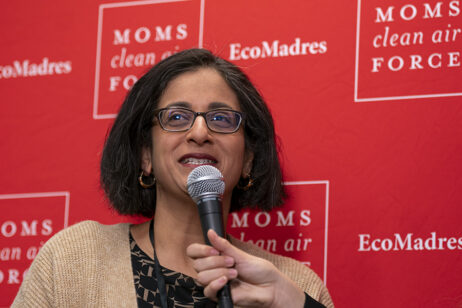
What Parents Need to Know About the Air Quality Index: An Interview With Dr. Lisa Patel
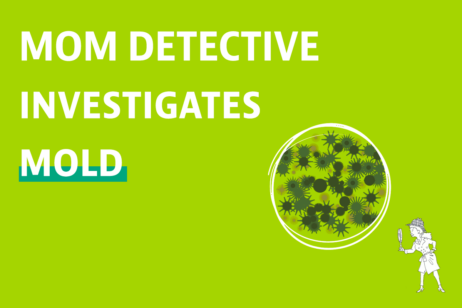
Ask Mom Detective: How Do I Know If I Have Toxic Mold?

“I Want All Kids to Enjoy Their Childhoods”: Why Parents Editor-in-Chief Empowers Climate Action

5 Most Popular Healthy Air Resources of 2023
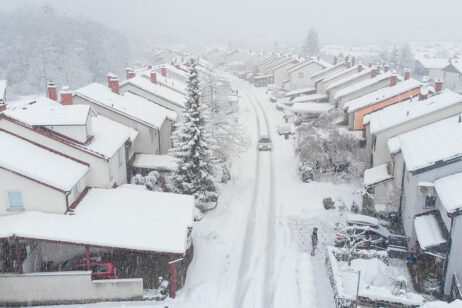
El Niño Has Arrived. You May Need a Snow Shovel.

What People Think Is the Greatest Threat From Climate Change
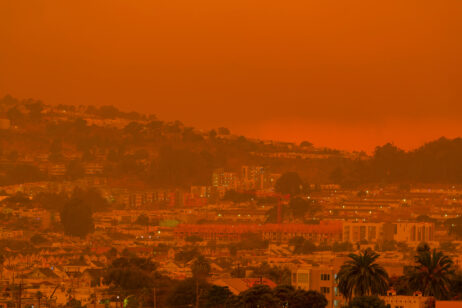
Clean Air Centers Help Communities Prepare for Bad Air
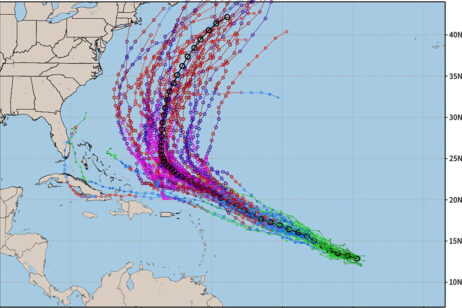
Hurricanes: More Frequent, More Intense, and More Dangerous to Health

Climate Change: We Have Reached a Turning Point
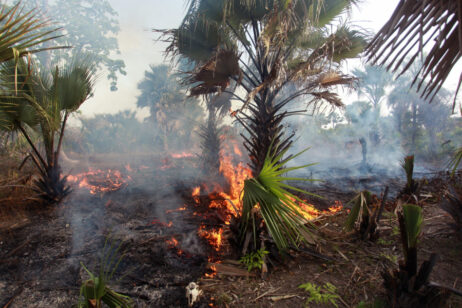
Hawaii Wildfires: Apocalyptic, Unprecedented, and Deadly

PEOPLE Magazine Features Moms’ Hazel Chandler, a Heartbreaking Health Journey
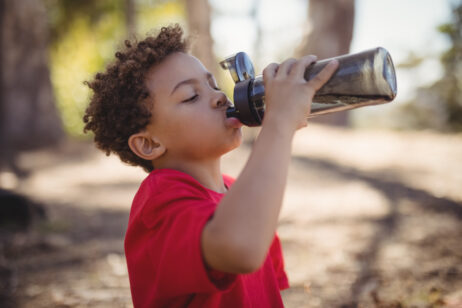
What a Month in Extreme Heat Feels Like
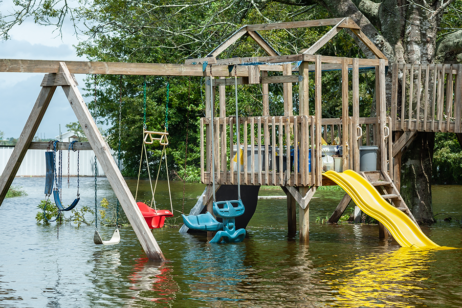
Flooding 101
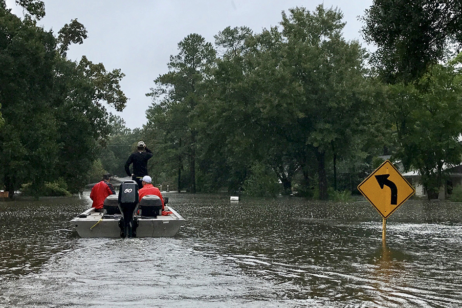
Health Impacts of Hurricanes

Wildfires and Your Health
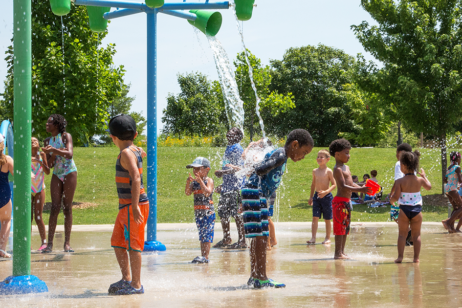
Extreme Heat and Black Communities

Extreme Weather and the Changing Climate

Climate Change and Allergies

Hurricane Preparedness 101

Health Impacts of Extreme Heat
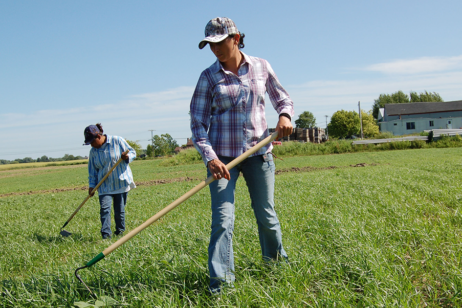
Extreme Heat and Latino Communities
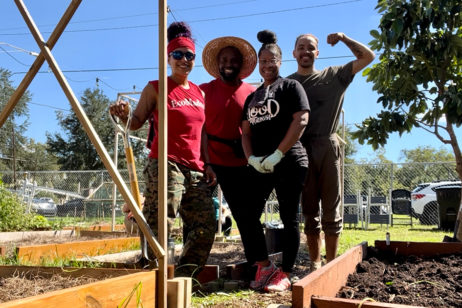
Preparacion básica para los huracanes
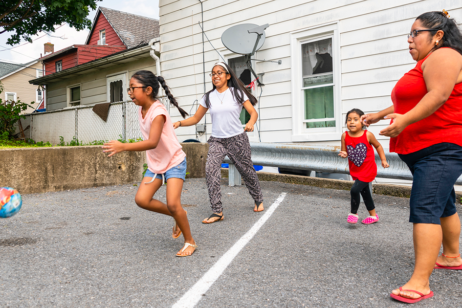
El calor extremo y
las comunidades latinas
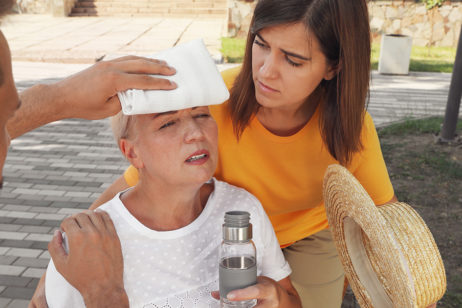
Los impactos del calor extremo sobre la salud

Flooding 101

Health Impacts of Hurricanes

Wildfires and Your Health

Extreme Heat and Black Communities

Extreme Weather and the Changing Climate

Climate Change and Allergies

Hurricane Preparedness 101

Health Impacts of Extreme Heat

Extreme Heat and Latino Communities

Preparacion básica para los huracanes

El calor extremo y
las comunidades latinas






